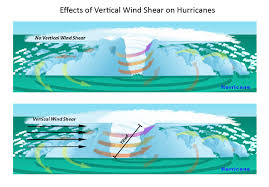7667766266
enquiry@shankarias.in
What is the issue?
How has the cyclone trend been?
How do they form?

Why is it hard to predict?
How is evacuation done?
Source: Indian Express